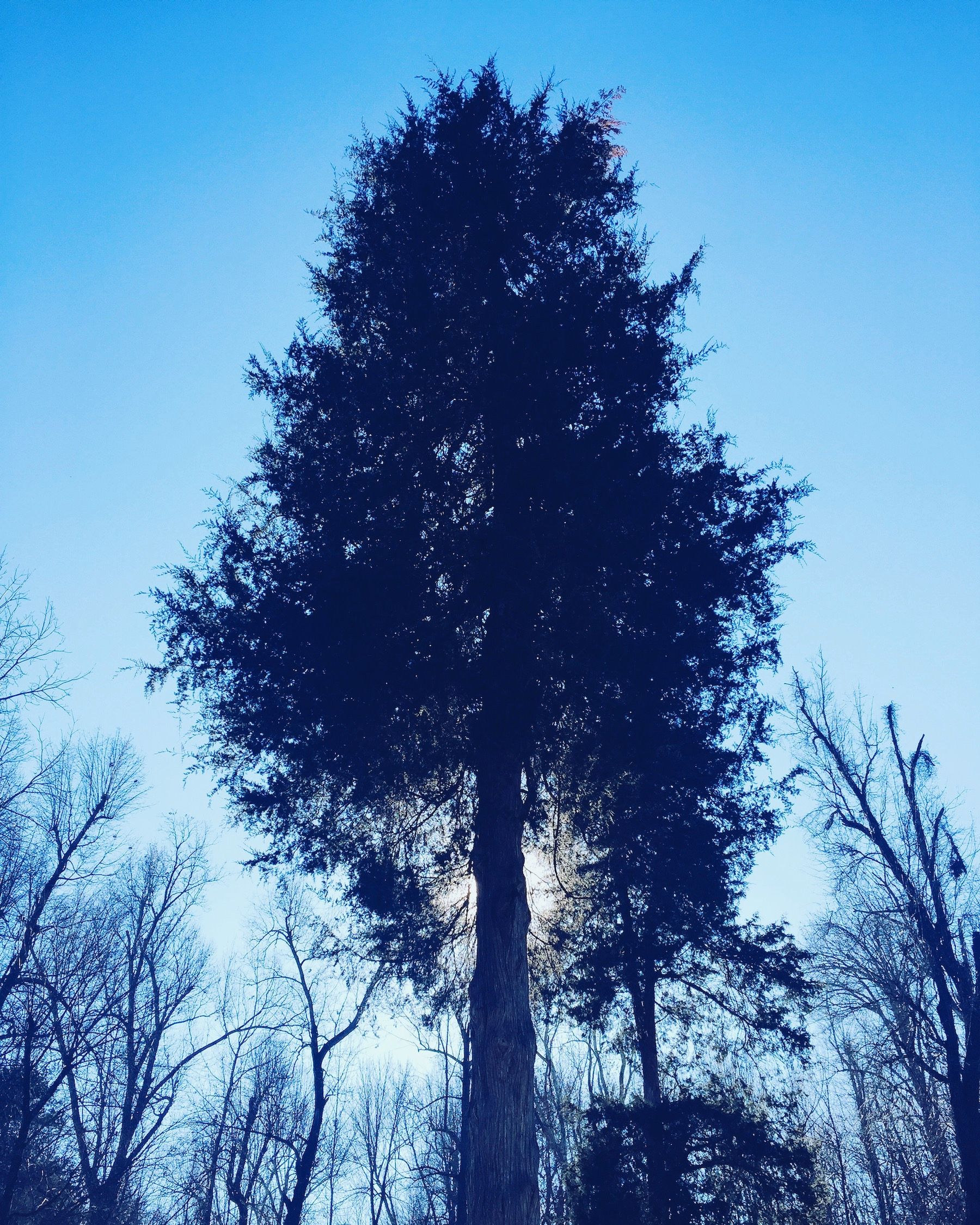I am back in Detroit tonight, and fully unpacked from the road trip – physically, at least. I wasn’t planning to set any resolutions, but this afternoon I did come up with one or two new habits for the new year. I’m still thinking about independence, but this marks the end of our three-part mini-series. It’s not unlike the way I write fiction – I start out with an idea that’s preoccupied me for a while, try to make sense of the questions that come up, which leads to new questions, and so on … I hope, if it hasn’t been particularly insightful or even coherent, it’s at least been informative of how I write first drafts.
Last week I wrote about the myth of the independent artist – about how even going solo comes with its own systems and processes. I focused largely on the side of the myth that involves operation, and dissemination. This week I want to talk more from the other side – from the side of creative freedom.
One part of the myth involves how art is made in the first place – that it’s a matter of having an idea, and putting atoms to it, making it materialize out of thin air. Or not even thin air, but the thinnest air – in a vacuum. If the creator has complete freedom (or control), the myth goes, then that vision will be realized.
If you’ve been getting my letters for a while, you can probably already guess: it doesn’t work like this in practice. The making of art is less an explosion in a vacuum than it is the growth of a tree in the forest. We share a common soil and air; we respond to the shade of other trees; we look for gaps into which to grow. We exist in the world, in the culture, and the art we make is reflective of our personal, psychological, social, physical, cultural ecosystems. The practice is the daily exchange we make between ourselves and our community; we inhale the world and exhale it, too – a photosynthesis, a conversion, conversation. The work is that conversation captured, distilled.
There is no such thing as total independence. When we talk about independence what we are really talking about is the authority to decide who and what to serve. Real independence is getting to pick your masters. It’s willing obedience to people and systems. It’s the acknowledgement of interdependence, the awareness that no one is entirely free from outside influence.
The creative environment most supportive of real independence – an established system or new and alternative systems – depends on the individual artist. The authority is an internal authority, yet it’s external, too – subject to its own influence. It’s circular in the way that all important things are.
I’m not sure if that makes sense. But I seem to have ended up where I usually end up, and that is: Don’t sweat the labels. Listen to the work. Listen to the world around you, and the world inside. They will, like they always do, tell you everything you need to know.
